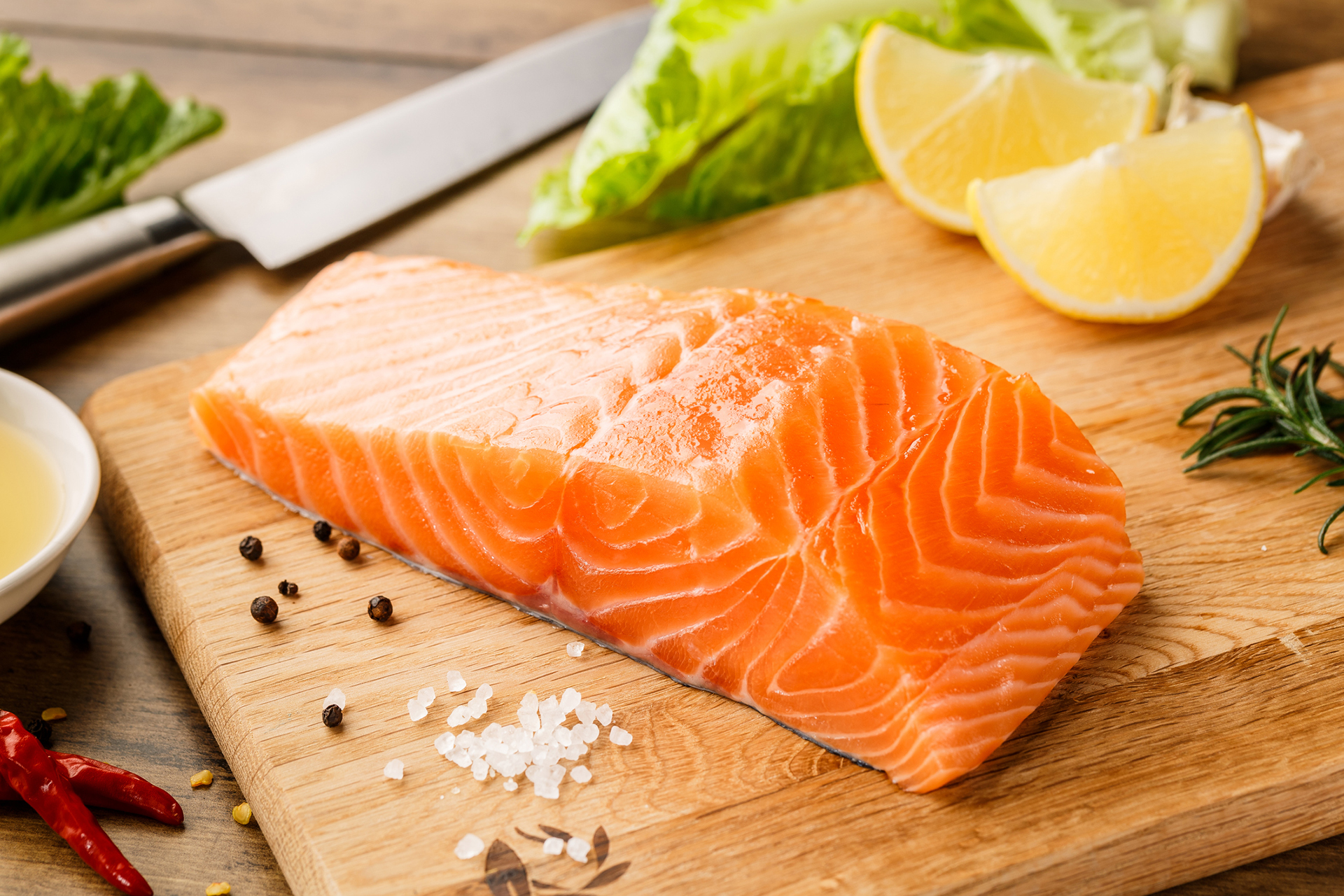There’s Something Fishy About Our Fish

Charlie the Tuna does plenty of business in these parts.
That’s because a lot of what we think is grade A tuna is anything but. The same goes for wild salmon, lemon sole, red snapper, and a dozen other species of premium priced fish.
When it comes to the fish we buy, a lot of what finds its way to our dinner table isn’t what we bargained for.
A recent study by the New York State Office of the Attorney General found that fraud is much more widespread than originally realized — it costs consumers and fishermen millions of dollars a year.
Attorney General Barbara Underwood released her report, “Fishy Business: Seafood Fraud and Mislabeling in New York State Supermarkets,” in December, just weeks before her term ended.
“The customers don’t know any better,” noted Jean Mckenzie, proprietor of the Clamman Seafood Market in Southampton. Customers purchase fish based on what it is labeled.
The investigation, which included DNA testing, concluded that more than one in four samples purchased in retail stores was mislabeled. For example, 28 percent of the “wild salmon” purchased wasn’t wild at all — in fact, it was farm raised.
Mckenzie says she can’t buy the real thing for much of the year. “When they are in the Copper River, I’ll bring it in,” she said. There’s plenty of frozen stuff around — often not labeled as such.
From late 2017 through 2018, the OAG undertook the first major government investigation in the U.S. to target seafood fraud at retail supermarket chains. “OAG purchased seafood based on availability at 155 locations across 29 supermarket brands, targeting seafood from nine distinct categories, including red snapper, snapper (varieties other than red), grouper, cod, wild salmon (including chum, Coho, sockeye, and king), halibut, lemon sole, sole (varieties other than lemon), striped bass, and white tuna,” Underwood said in the report.
But Bonnie Brady, executive director of the Long Island Commercial Fishing Association in Montauk, is concerned that the state will go after the fishermen rather than the real culprits: chain supermarkets that bypass the system or unscrupulous wholesalers who go
outside the system to supply the fish.
“They want to install cameras on the boats that will cost us $50,000. They pretend they care, but what they really want is to control the industry,” Brady said. As it is, the local catch is carefully scrutinized from the boat to the wholesale market.
“The onus shouldn’t be on the fishermen,” Brady said. “We already have observers on board.”
“They make it tough for the fishermen. It hurts me when people say they can get the fish cheaper. It hurts the people behind the counter.” Mckenzie said “local” bay scallops are constantly shipped in and sold.
Colin Mather, owner of the Seafood Shop in Wainscott, said it’s important for consumers to understand how the system works. “When we say local scallops, we mean Peconic Bay, and maybe Shinnecock,” he said. “But legally, they could be up to 350 miles away and still be ‘local.’”
“I know there are markets that do that,” he added.
Oceana, an environmental organization dedicated to protecting the health of the oceans, believes that all seafood sold in the U.S. should be tracked from boat to plate to ensure that it’s safe, legally caught, and honestly labeled,” said Dustin Cranor, senior director of communications for the environmental group.
High Levels
Underwood’s report, which details high levels of suspected seafood fraud and mislabeling at New York State supermarkets, falls short of blaming the markets themselves and implies the mislabeling can happen at any time during the chain, from water to plate.
The New York State report follows a series of reports by Oceana alleging the same mislabeling practices take place at sushi shops, which allegedly mislabel fish and then overcharge customers.
Tilapia has become the whipping boy for all that is wrong with the fish industry. It is a common name for hundreds of species of fresh water fish from the tilapiine cichlid species. They are invasive and populate quickly. In recent years, they have become the darlings of aquaculture and aquaponics because they are an edible fish that can be farm bred in almost unlimited numbers.
One Oceana study found 75 percent of snapper was substituted with fish not even from the snapper family, and in sushi restaurants it was most often tilapia. It can be made into filets, fishcakes, and easily substituted for many varieties of more expensive white fish. Tilapia is the fourth most consumed fish in the United States and is becoming popular worldwide. Authentic red snapper can retail for up to $30 per pound. Tilapia wholesales for pennies on the dollar.
Mather said he saw a competitor selling Dover sole filets for $4.99 a pound. “I have to pay more than triple that for the whole fish,” he pointed out.
It’s difficult to gauge how widespread the fraud is and who knows what. One respected local restaurant often advertises halibut as its Montauk “Day Boat” Catch of the Day. Yet there is not halibut anywhere near here, Brady points out.
“Purchase the whole fish when possible,” Cranor advises. “It’s more difficult to swap one species for another.”
The report warns consumers to be on alert for seafood pricing that seems too good to be true, as it may signify problems.
The report also encourages consumers to demand that their supermarkets provide precise labeling of the seafood they sell and describe their seafood quality and sustainability practices.
“It’s clear that seafood fraud isn’t just a fluke. It’s rampant across New York,” Underwood said. “Supermarkets are the last line of defense before a phony fish ends up as family dinner, and they have a duty to do more.”
Locals who grew up fishing have at least a modicum of knowledge about local fish. Many retail customers don’t, making them easy prey.
“I had one guy ask me if Chilean sea bass was local,” Mather related.
rmurphy@indyeastend.com



